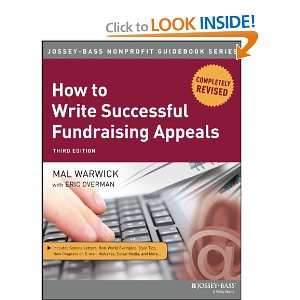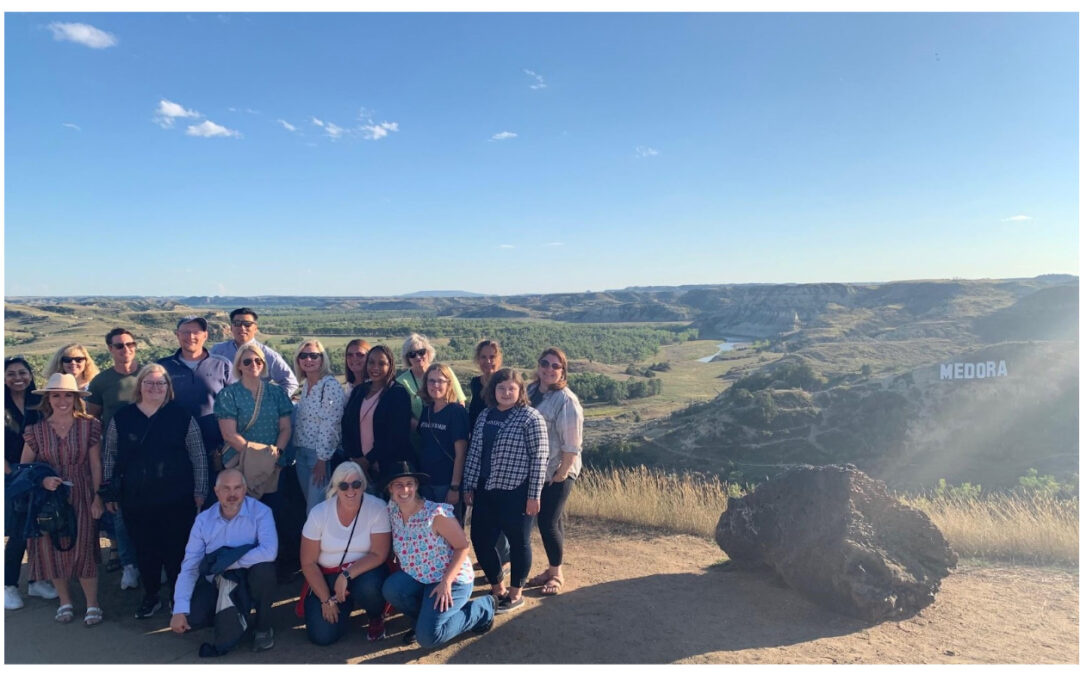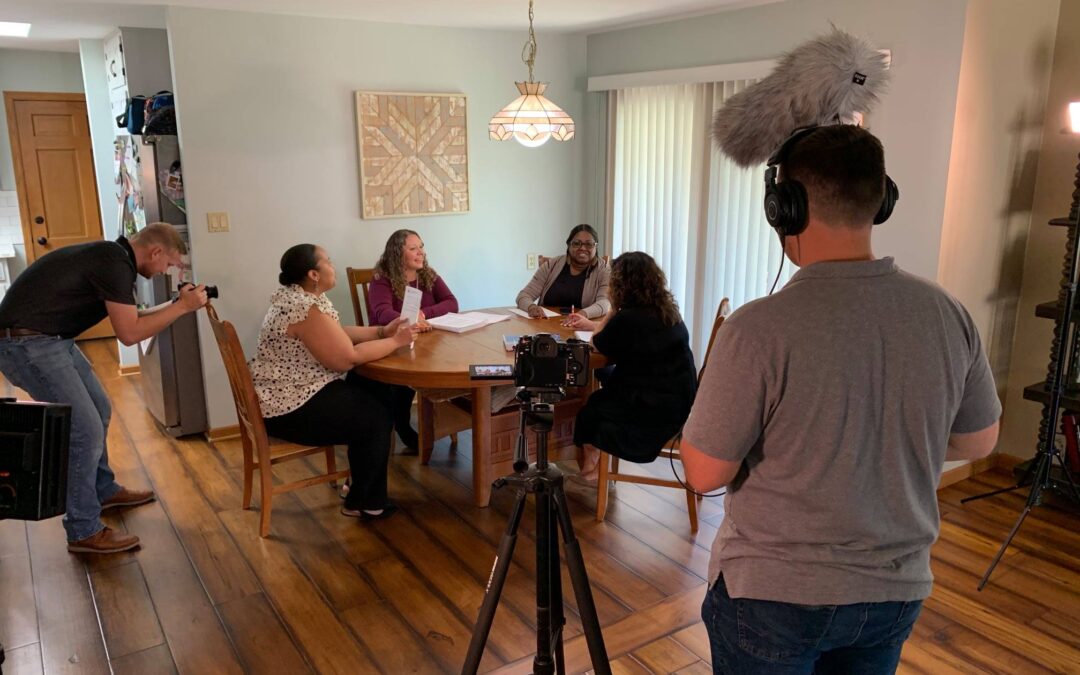 Last month, Transform Consulting Group blogged about the reasons snail mail is still a relevant fundraising channel. However, fundraisers can no longer afford to have separate approaches to their direct-mail and online appeals and are turning instead to integrated fundraising.
Last month, Transform Consulting Group blogged about the reasons snail mail is still a relevant fundraising channel. However, fundraisers can no longer afford to have separate approaches to their direct-mail and online appeals and are turning instead to integrated fundraising.
Integrated fundraising extends beyond having a consistent brand and message across channels (although that is an important first step). True integration drives prospects and donors through a strategic engagement process where each action in a given communication channel informs and reinforces what happens next in another channel. It’s not simply a buzzword; integrated fundraising reaches more donors and raises more money.
Sending isolated appeals through direct marketing or email doesn’t work as well as it used to. Sending appeals through multiple channels that feature the same message brings stronger results.
Mal Warwick is author of the just-released third edition of How to Write Successful Fundraising Appeals. He highlighted some important points about integrated fundraising in a recent webchat featured by the Chronicle of Philanthropy:
- The best use of integrated fundraising is in a campaign that stretches over 3-4 months and has a name, a goal, and a deadline.
- The very best time to launch such a campaign is at year-end. One-third to one-half of the money raised online comes in December, and one-third to one-half of that comes the last day of the year.
- Consider not one annual appeal but a series of contacts starting early in November and ending on December 31st. For example, start with a long letter without an ask that lays out the case for giving early in November. Follow up with a series of other letters, plus an occasional phone call to your best donors, with the same message appearing on the organization’s website with an email offering an online giving option throughout November and early December. Periodically post invitations to learn about the campaign through Facebook and Twitter. Culminate in a year-end drive from mid-December to December 31st that focuses on email in particular.
- The most important thing about writing an appeal is to think it all through: Who are you writing to, why, and what do you want them to do?
- Social media can be used, not to ask for donations, but to promote visitors to your website.
- People uniformly underestimate the number of appeals they receive. Fundraisers are far more sensitive about frequency than donors are, despite the complaints that you may receive.
- Research has shown that the response rate and average gift climbs with one extra channel, again with a third, again with a fourth, and so on just as the commercial marketers find with multichannel advertising.
- Research makes it clear that, within limits, increasing the number of asks results in more revenue. Standard procedure is to include at least three asks in emails and letters.
- It is vital to include relationship cultivation and educational messages in a series of asks. You want to build relationships, not just pluck money out of your donors’ wallets.
- Statistics work only in moderation and then only when reduced to very simple points.
- Research shows that subject lines are the single most important element in emails, so, the stronger your subject, the more likely the email will succeed.
Need help with an integrated fundraising campaign? To see how your fundraising efforts make a difference for your donors, contact Transform Consulting Group about our fund development services. Our services go well beyond click rates and open rates. Transform Consulting Group helps you make a bigger impact for your cause!





